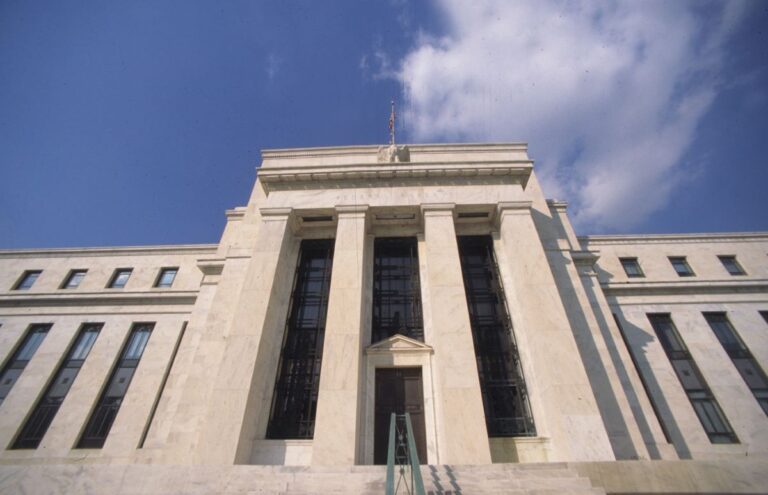Consumer prices in the world’s largest economy, the US, were higher than expected in September, suggesting that the Federal Reserve will keep interest rates high for some time.
In particular, U.S. consumer prices were slightly above consensus, both on a monthly and year-over-year basis, amid higher costs for rent and gasoline. While underlying inflation is slowing, lending support to financial markets’ expectations that the Jerome Powell-led bank will not raise interest rates next month.
Table of Contents
U.S. inflation report
In September, consumer prices in the United States rose more monthly than expected, as did the annual figure, which was above consensus and remained at its highest in 14 months.
Last month, prices rose 0.4 percent over August, according to the Labor Department’s release, against expectations for a 0.3 percent increase. The “core” figure, that is, the figure adjusted for the food and energy price component, rose 0.3 percent, in line with expectations.
On an annual basis, the overall figure put up +3.7%, against expectations for +3.6%, following the +3.7% also recorded in August. The “core” figure registered +4.1%, in line with expectations, after +4.3% in August.
Fed minutes
Minutes on the latest meeting of the U.S. central bank showed that bankers believe the Fed should “proceed cautiously” on upcoming decisions and that it is wrestling with two main risks. Not tightening policy enough to curb high inflation and raising rates to a level that would have an excessive impact on broader economic activity.
Fed officials say a new interest rate hike would be “appropriate” when in September the institution opted for a second halt in the battle with inflation, keeping the cost of money unchanged at its highest level since 2001, although the future of the economy remains “highly uncertain.”
What analysts say
On the monetary policy front, in order to reach the Fed’s 0.2 percent target on a monthly basis, which is the Fed’s target, it is crucial for prices of goods and services to slow in a sustained manner (0.6 percent is still too high a level), says Jeffrey Cleveland, Chief Economist at Payden & Rygel.
At the moment, therefore, “it is too early to declare victory over inflation, not least because as of today money is being spent mostly on services. This does not mean that at the November meeting the Fed will definitely opt for a rate hike, although data on third-quarter U.S. GDP and Non Farm Payrolls (NFP) leave the debate open.”
Overall inflation in the United States fell from 0.6 percent on a monthly basis in August to 0.4 percent in September.
On a year-over-year basis, headline inflation stood at 3.7 percent versus 3.6 percent expected. While core inflation, a key metric for U.S. central bank decisions, remained stable (0.3 percent on a monthly basis).
While market indicators, in the wake of some policymaker statements, until now predicted a pause in the rate hike cycle, the September inflation figure suggests that the decision may be more complex, says Richard Flax, chief investment officer at Moneyfarm.












